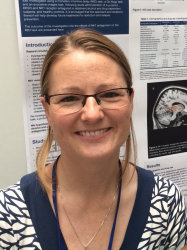BibTex format
@article{Nestor:2019:10.1111/ejn.14262,
author = {Nestor, LJ and Paterson, LM and Murphy, A and McGonigle, J and Orban, C and Reed, L and Taylor, E and Flechais, R and Smith, D and Bullmore, ET and Ersche, KD and Suckling, J and Elliott, R and Deakin, B and Rabiner, I and Lingford, Hughes A and Sahakian, BJ and Robbins, TW and Nutt, DJ},
doi = {10.1111/ejn.14262},
journal = {European Journal of Neuroscience},
pages = {2311--2321},
title = {Naltrexone differentially modulates the neural correlates of motor impulse control in abstinent alcohol-dependent and poly-substance dependent individuals},
url = {http://dx.doi.org/10.1111/ejn.14262},
volume = {50},
year = {2019}
}

